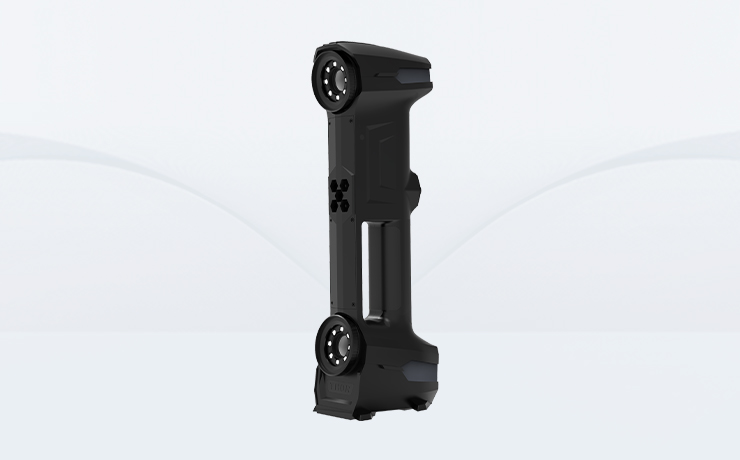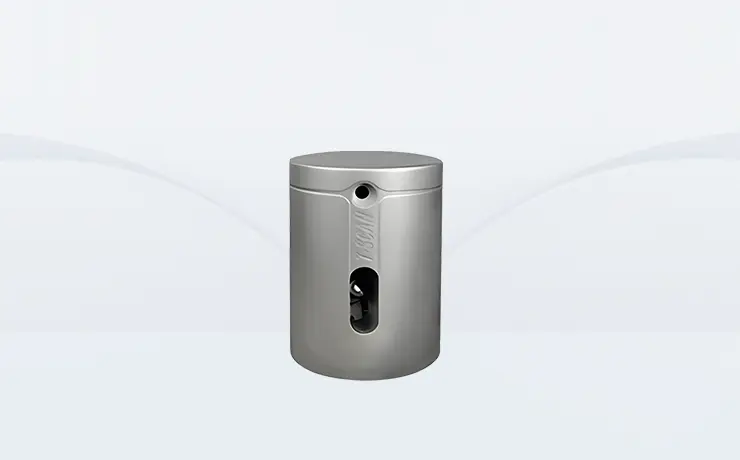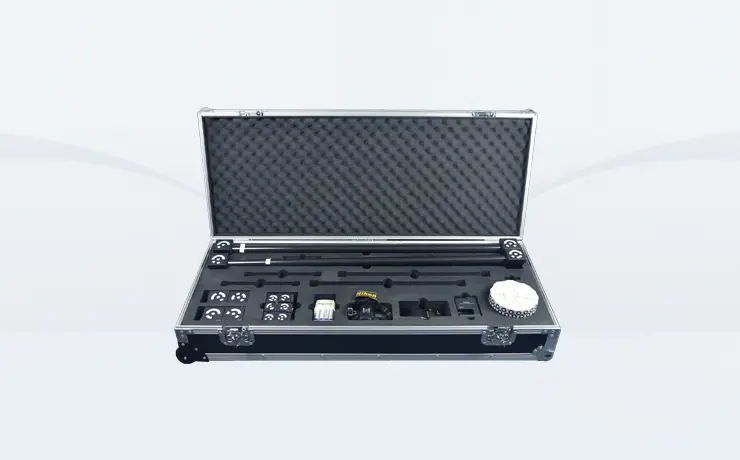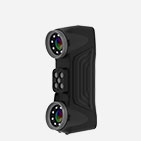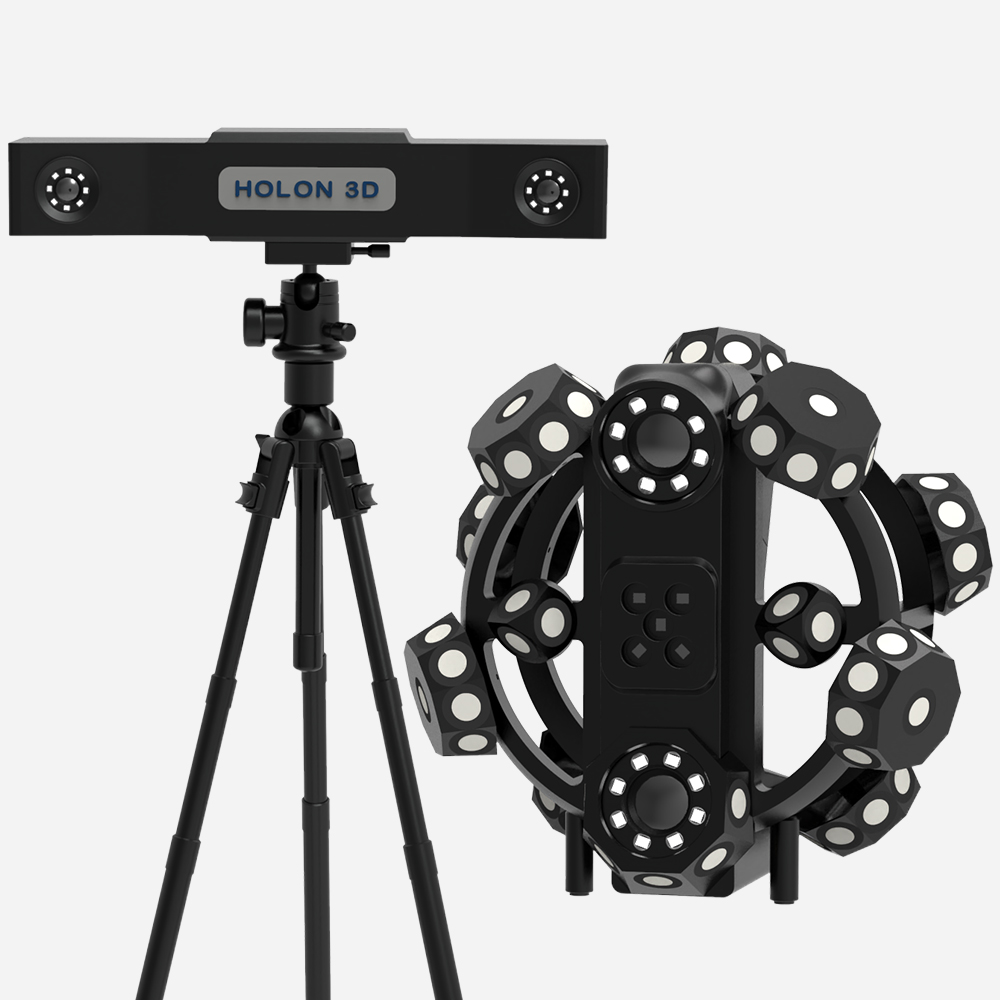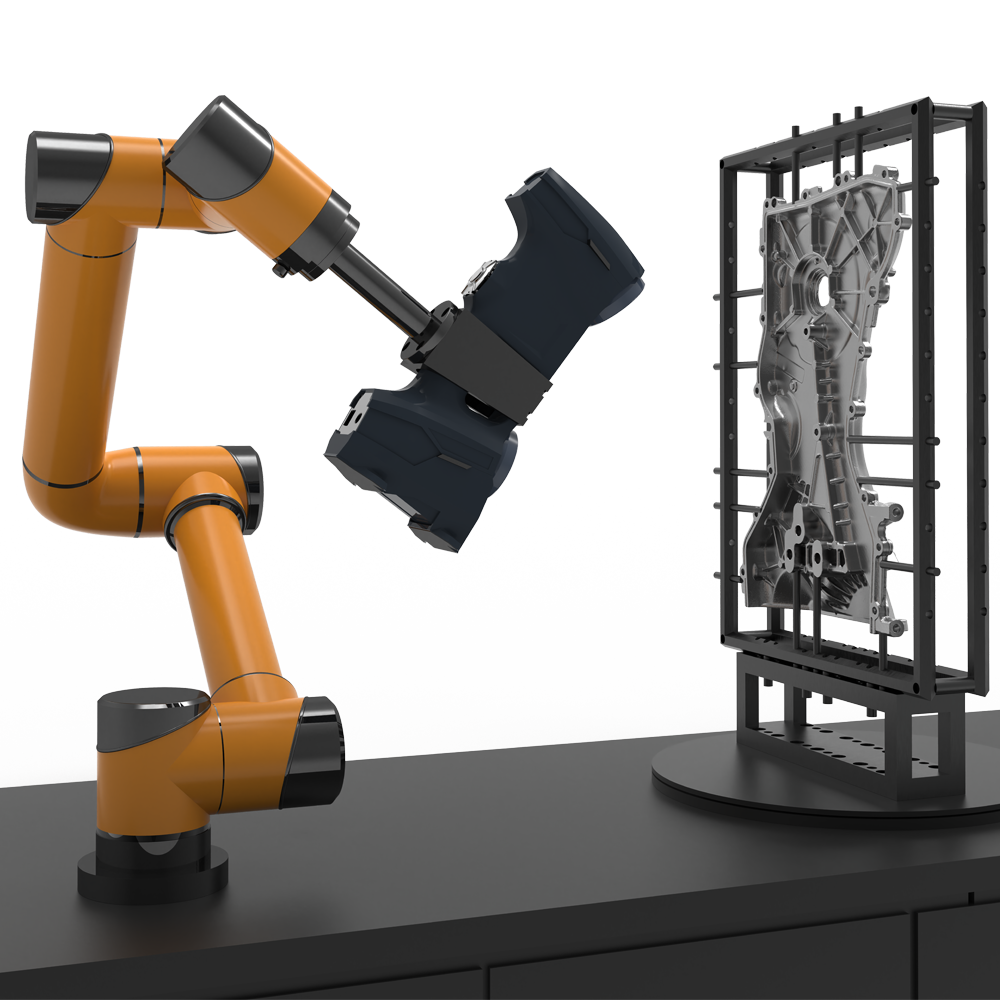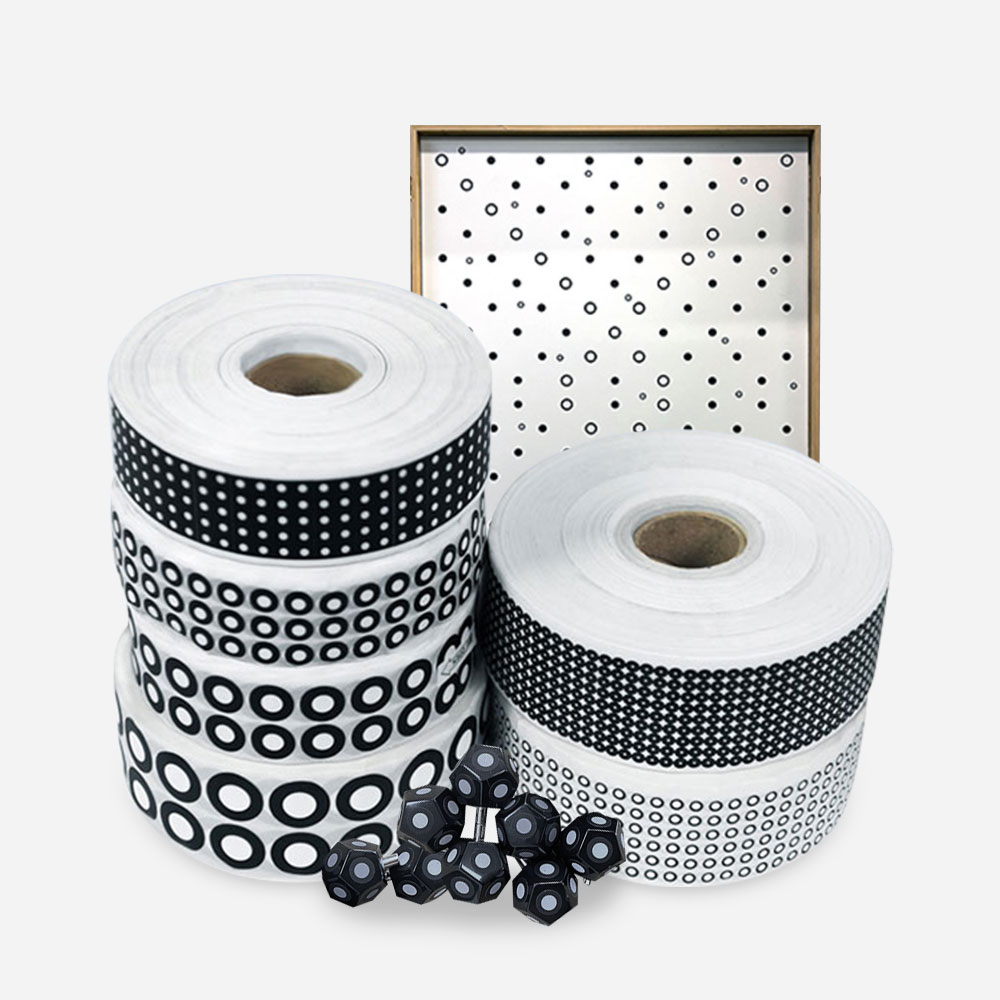- A +
- A
- A -
Three-dimensional scanners are used in aerospace. The aerospace industry is a high-tech industry and the country's top development technology engine. Aerospace technology is now the country's high-end technology, symbolizing the prosperity of the country. Advanced research and development and production drive the country's top technology, providing strategic technical equipment products for national development and national defense construction. The development of aerospace technology is a demonstration of national scientific and technological strength. How to accelerate the development of aerospace technology is a problem we face. We need to break away from the limitations of relying on foreign core technologies. Three-dimensional scanner technology has an irreplaceable and important position in the aerospace industry.
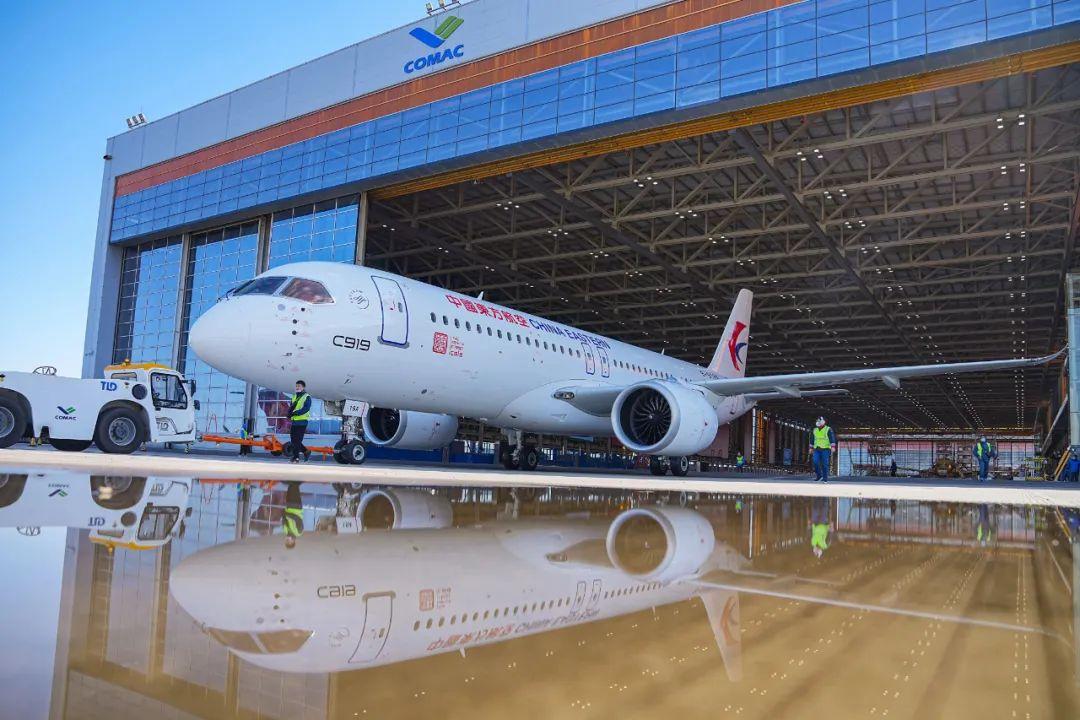
1. Accuracy and quality testing
Aviation products are related to the safety of people's lives and property and the strength of the country. They have extremely strict quality requirements and the complexity of the surfaces is also very different. Three-dimensional scanning technology can be used to detect aircraft parts. First scan the part. Due to the non-contact scanning, complex curved workpieces that are soft and easily broken and cannot be reached by the probe can be easily scanned. This greatly reduces the scanning time of the workpiece, completes matching and comparison with the CAD model, and color-codes errors. The picture shows the deviation and the amount of deviation, and finally the CAD data is given for correction.
2. Aircraft design
The 3DP photogrammetry system can be used to easily measure the fuselage (such as gas turbine, engine room, engine room and cockpit) to obtain data and analyze the data to lay a solid foundation for innovative design. Simulation, ergonomic analysis and avionics equipment modification can learn from the required technologies, and can also conduct trial assembly of modified parts to ensure product quality requirements such as assembly and installation tightness and model testing. Make modifications directly to improve the first-time success rate of production. You can also create a permanent electronic history record of the scanned data so that you can review the document at any time in the future.
3. Repair and maintenance
Using the data scanned by the aircraft, the damaged fuselage can be compared, and the damaged parts can be seen more intuitively, so that the most reasonable repair plan can be directly given to the damaged parts of the aircraft, thereby improving the safety of the aircraft and also repairing the damaged parts. The quality of the repaired parts will be assessed to give an accurate judgment on whether it can take off again. During aircraft maintenance, deformation or displacement parts can be seen more intuitively through comparison, and these parts that were previously difficult to distinguish with the naked eye can be easily scanned for repair, making the entire inspection process more complete. The data can also be saved in a permanent file to provide a more solid theoretical foundation for future repeated maintenance.
4. Reverse imitation
For imported aircraft precision parts, the dimensions cannot be accurately measured using manual means, and the errors caused by the parts cannot meet the requirements. The use of reverse technology is expected to master a number of key technologies and use them in the aerospace industry. Use a 3D scanner to scan the workpiece, process the data, obtain relevant necessary information, and conduct innovative designs to develop more advanced equipment. In the military field, the country's military strength can also be improved by studying the opponent's core technology and studying its corresponding countermeasures.
